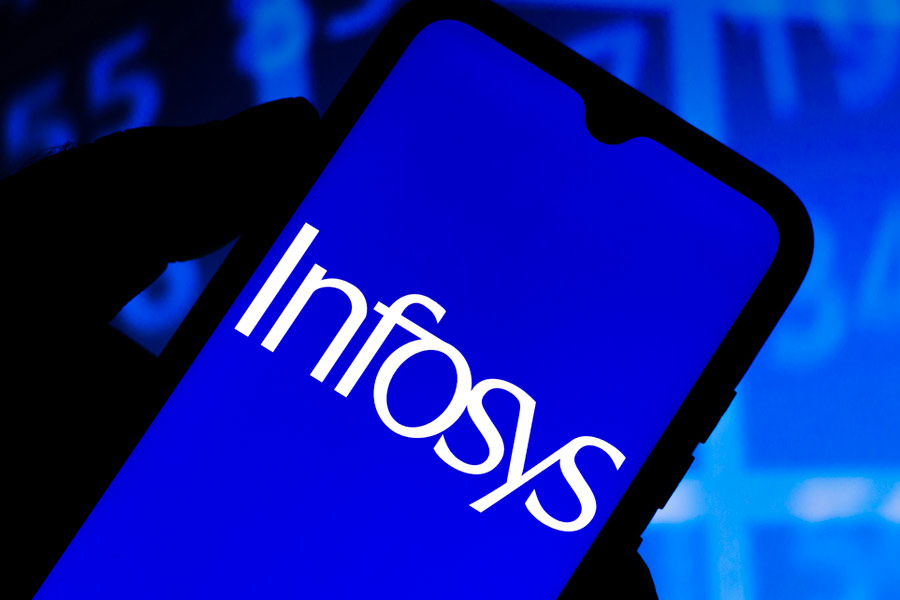Infosys trailed Street estimates on Thursday with its consolidated net profit rising 4.73 per cent to ₹6,506 crore in the second quarter against projections of a profit of ₹6,700 crore. The net profit stood at ₹6,212 crore a year ago.
India’s No. 2 software services player upped the revenue guidance for the full year.
Constant currency revenue growth is estimated between 3.75 per cent and 4.5 per cent against its earlier guidance of 3-4 per cent in July. It, however, retained the margin guidance at 20-22 per cent for 2024-25.
“We will launch our employee compensation increase in two phases effective January 1, 2025 and April 1, 2025,” Salil Parekh, Infosys CEO and MD, said in a late evening earnings call.
The Bengaluru-based company reported 5.1 per cent growth in revenues to ₹40,986 crore in the second quarter (July-September)from ₹38,994 crore a year ago.A Bloomberg poll had estimated revenues of ₹40,820 crore.
Revenue in dollar terms stood at $4.894 billion, registering a growth of 3.8 per cent from the June quarter.
“We had strong growth of 3.1 per cent quarter-on-quarter in constant currency in the second quarter. The growth was broad based with good momentum in financial services,” Parekh said.
“This stems from our strength in industry expertise, market leading capabilities in cloud with Cobalt and generative AI with Topaz, resulting in growing client preference to partner with us.”
He said large deal wins during the quarter were strong at $2.4 billion, which reflected its differentiated position.
The good performance of the vertical that caters to financial services clients wasthe highlight of the quarter. It showed a constant currency growth of 2.3 per cent over the previous year. Parekh said the encouraging performance of the vertical was a factor behind the company raising its revenue guidance.
He pointed out that the company is beginning to see discretionary spending improving in financial services. The trends in this direction are not only stable but also of strong growth.
Among other business segments, retail reported a drop of 9.6 per cent over the previous year in constant currency terms. The communication vertical grew 7 per cent and energy & utilities, 10.3 per cent. Manufacturing reported 12.3 per cent growth and high-tech, 6 per cent.
Among key geographies, North America witnessed a drop of 2.7 per cent, while Europe saw a growth of 15.5 per cent, rest of the world at 3.8 per cent and India at 16 per cent.
At the end of the quarter, the employee count stood at 328,764, which was higher than 315,332 in the preceding three months.Attrition rate stood at 12.9 per cent against 12.7 per cent in the first quarter.
The board of the company declared an interim dividend of ₹21 per share, an increase of 16.7 per cent over last year.
Ahead of the numbers, the Infosys share ended 2.58 per cent higher at ₹1,969.50 on the BSE. However its ADRs were trading lower by over 2 per cent on the NYSE at the time of this report.
“We continue to focus on accelerating revenue growth with a sharp focus on margin performance. Operating margins for the quarter was at 21.1 per cent, driven by continued benefits from value-based pricing and utilisation despite higher employee payouts,” said Jayesh Sanghrajka, CFO.
“Our focus on cash generation resulted in another quarter of over 100 per cent free cash flow conversion to net profits.”
“Infosys is a clear-cut stand-out among all the major IT players,” KR Choksey analyst Dipak Saha said, citing its strength in North America. But he was less optimistic about its peers.
“These companies are still not talking confidently about discretionary spend,” Saha told Reuters.











